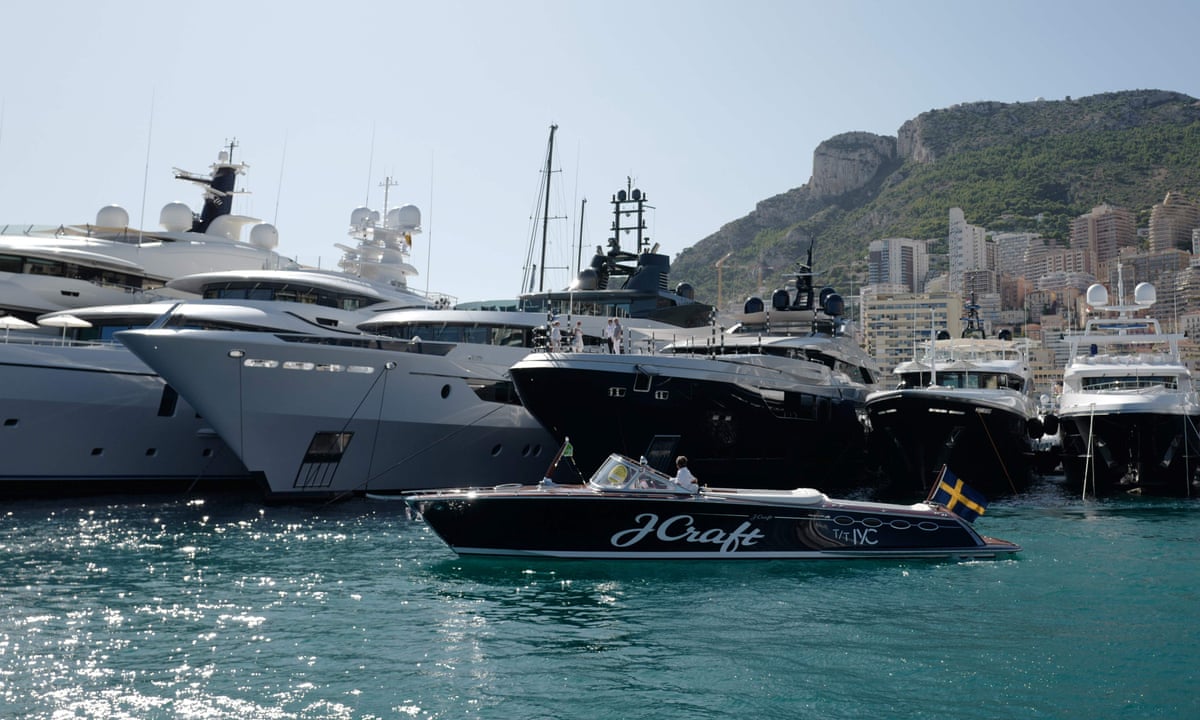Shivangi Sharma and Pragya Jain
(23.02.2020)
First Officers Jenny Matthers and Natasha Ambrose are determined to break the glass ceiling that exists in the sailing industry. One step in the right direction is the “She of the Sea Campaign” started to raise awareness among women that they too can rise up the ranks in the industry saturated with men. Even though the bias may be unintentional, the resultant skewed ratio of women in the workforce in the sailing industry, specifically at the top is precarious. The campaign, according to the women, was inspired by Kate McCue, the first woman to captain a “mega” cruise ship.
The idea behind the campaign found reinforcement when it was discovered that 95% of yacht captains and first officers were men. First Officer Matthews recalls, “after securing my officer of the watch ticket in 2018, I realised that in the eight years working on deck, I’d never worked with another woman in the deck department [the senior staff who navigate the ship alongside the captain”.
“It took a long time to find any official statistics, but research by the Maritime and Coastguard Agency shows that just 60 women have qualified as senior yacht seafarers since 2006, out of a total of 1,210 people. Our mission is to rewrite the narrative of women in maritime by raising visibility and awareness.”
The International Society of Women Airline Pilots campaign has highlighted that there are just 9,746 female airline pilots out of a global total of 185,143. Women make up just 1.42% of air captains, the highest rank. The visibility in the airline industry is also one of the key areas of focus for the campaign.
First Officer Ambrose said a core part of the She of the Sea campaign was to let schoolchildren know that working as an officer or engineer on a superyacht sailing the world was a viable career no matter their gender – if they worked hard at maths and science.
It is pertinent to note that visibility is an important consideration in workplaces. International Seafarers’ Welfare and Assistance Network shows that 65% of superyacht workers had witnessed or been aware of an incident of sexual harassment at work. More than half (53%) of women superyacht workers said they had experienced discrimination, harassment or bullying from the owner, crew or guests, compared with 30% of men in a survey of 441 superyacht crew.
In light of the constraints and their consequences, increasing awareness and consciousness is certainly a welcome step in the right direction.


